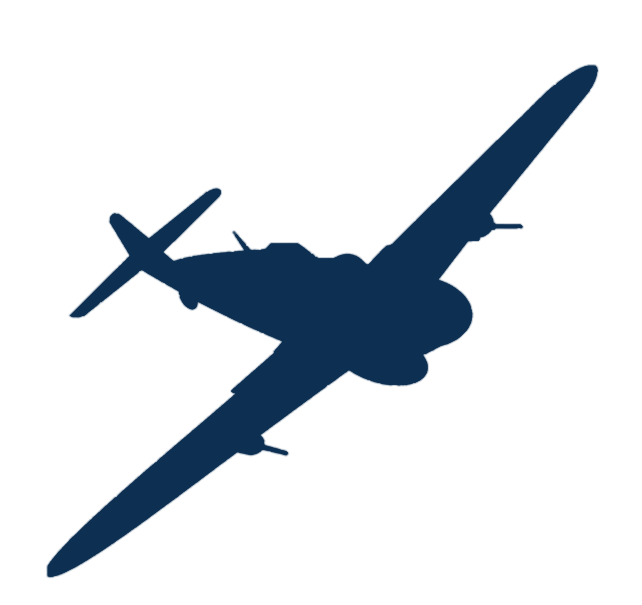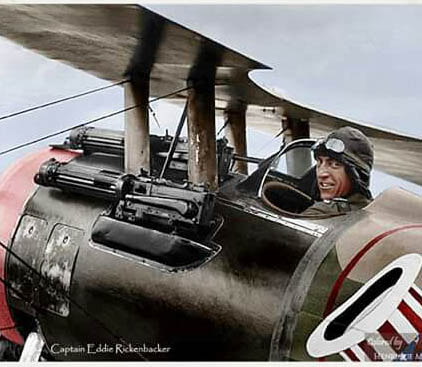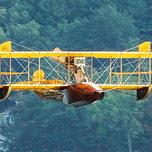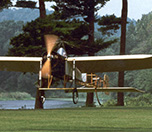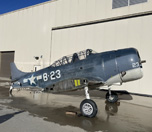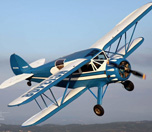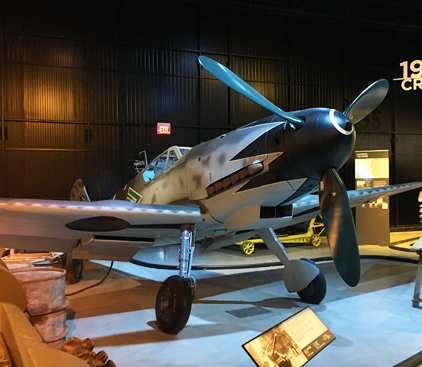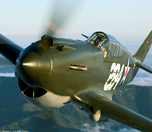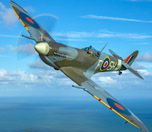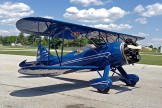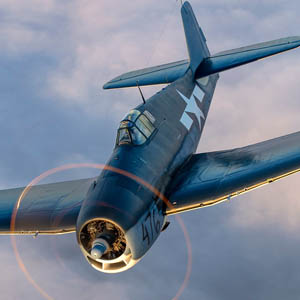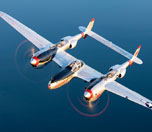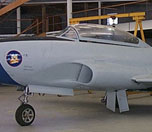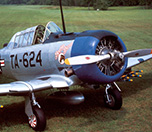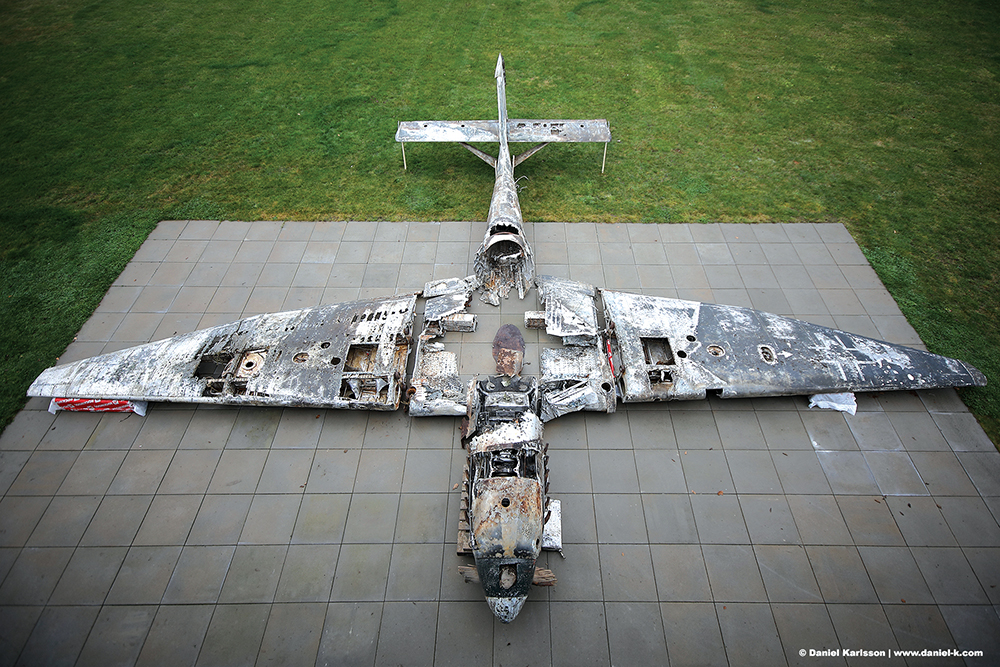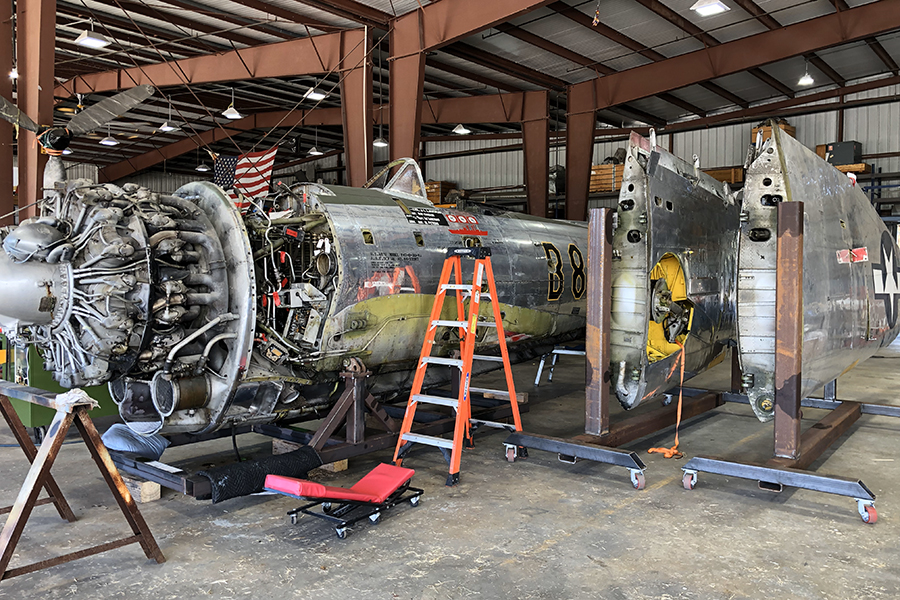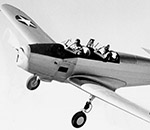Early Aviation Collection
The adventurous romance of flying was in full swing during the early 1900s. A number of key figures refining and defining the modern aeroplane. This kicked off the great Pioneer Era (1903 – 1914) of aeroplane development and design. *The early aviation collection in Massachusetts is available for viewing during special events and by appointment.
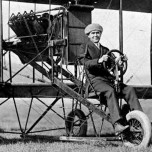
The elaborately constructed Curtiss Pusher captured the imagination of people worldwide. Unique design features of the bi-plane include positioning the propeller and revolutionary Curtiss OX-5 engine behind the pilot were revolutionary designs at the time.
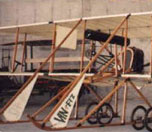
The Wright "Vin Fiz" won acclaim with Calbrath Perry Rodgers at the controls as being the first aircraft to cross the American continent.
World War II Collection
During World War II, aviation firmly established itself as a critical component of modern warfare. Military investment during WWII accelerated aviation design considerably. The Collings Foundation has recovered and restored many of the true landmark aircraft that built the world aviation history. *Some of the WWII aircraft are not on premise. Check under each aircraft’s history for location and viewing access.
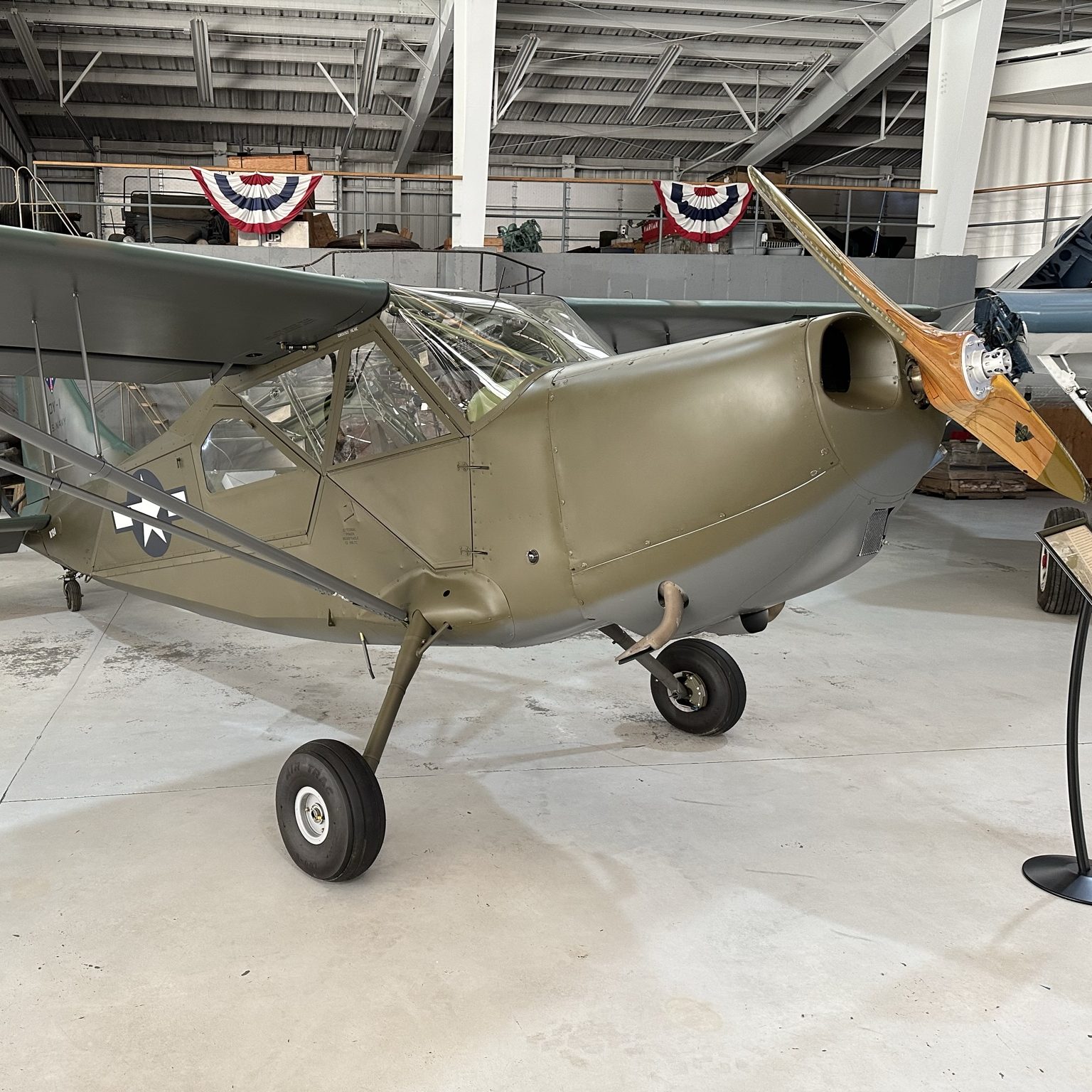
A World War II Pacific Theater veteran of the Battle of Okinawa, this unique aircraft was tasked with saving lives as an air ambulance for the USMC in 1945.

Designed and ordered in 1936, the Wildcat finally entered service in November 1940. Initial Wildcat deliveries embarked aboard USS Wasp (CV-7) and USS Ranger (CV-4).
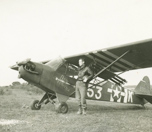
A true David and Goliath story -- a Grasshopper credited with six German tank kills, including two legendary Tiger tanks, in a role for which it was never intended. Survived for years under the cover of a nameless civilian aircraft. Fully restored to its original configuration.
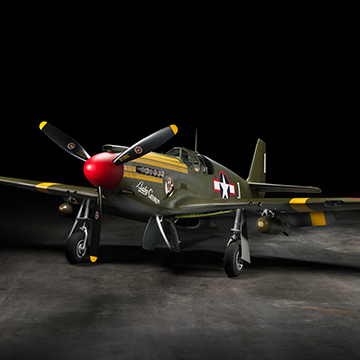
The A-36 was developed around the same time as the P-51A Mustang or Mustang I as it was known in RAF service. The A-36 was designed as a dive-bomber version of the famed P-51 fighter .
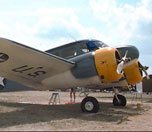
The UC-78, known affectionately as the "Bamboo Bomber" because of its wooden construction, was well known as a multi-engine trainer of WWII. Many bomber pilots saw training on this aircraft.
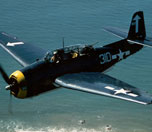
The TBM Avenger was one of the most famous aircraft of WWII in Navy service. Originally designed as a carrier-based torpedo bomber by Grumman Aircraft.
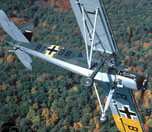
One of the most unique aircraft ever produced, the Fieseler Fi-156 Storch was an aircraft built for a specific task of being able to take off and land in literally twice its own length.

There is an incredible history behind Fw 190F-8 (Wk Nr 93182). This fighter flew combat while serving in JG 5 stationed in Norway. Its last mission was on February 9th, 1945.
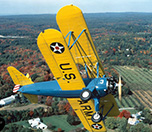
Defined as one of the most recognizable WWII trainers ever built, the PT-17 Stearman "Kaydet" flies on into the 21st Century.
Korean War Collection
The Korean War was the first shooting war for the newly independent United States Air Force. It was the first time jet aircaraft entered battle. *Aside from the AT-6 Texan and T-33, the majority of the Korean War aircraft are not on the premise.

Definitely one of the most distinctive designs ever employed by a fighter aircraft, the Vought F4U-5NL Corsair lives as one of the most famous fighters built during WWII.
Vietnam War Collection
The Korean War was the first shooting war for the newly independent United States Air Force. It was the first time jet aircaraft entered battle. *Aside from the AT-6 Texan and T-33, the majority of the Korean War aircraft are not on the premise.
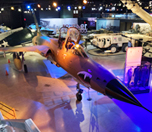
The F-105G Thunderchief s/n 63-8336 was a modified version of the Republic F-105 used primarily for electronic warfare during the Vietnam War. Known for its robust design and heavy payload capacity, this aircraft played a crucial role in suppressing enemy air defenses. Its advanced radar and missile systems made it a formidable tool in SEAD (Suppression of Enemy Air Defenses) missions.
Under Restoration
The restoration projects are being conducted off premise.
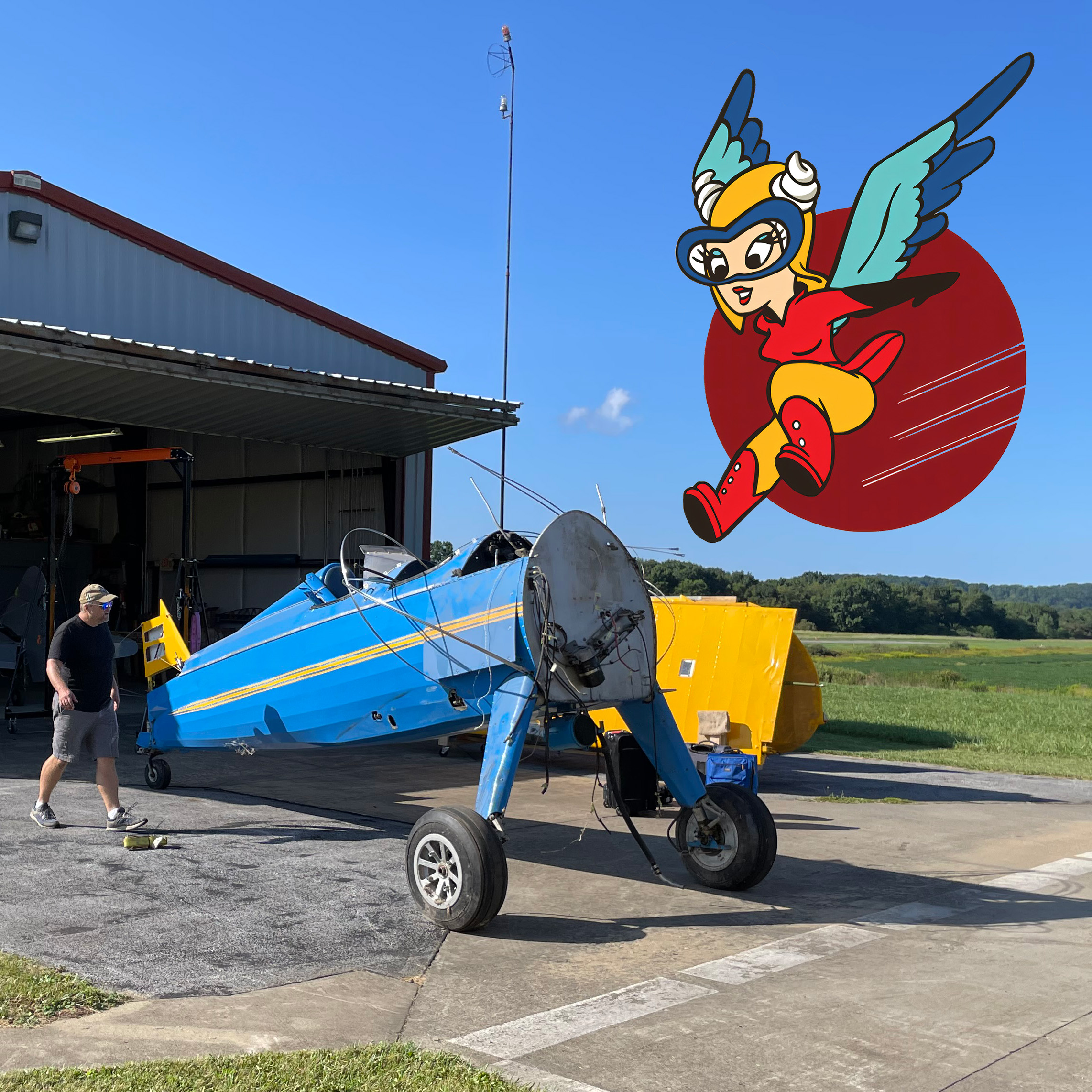
Famous WWII Primary Trainer and one of the remaining few used by the Women Airforce Service Pilots (WASP)
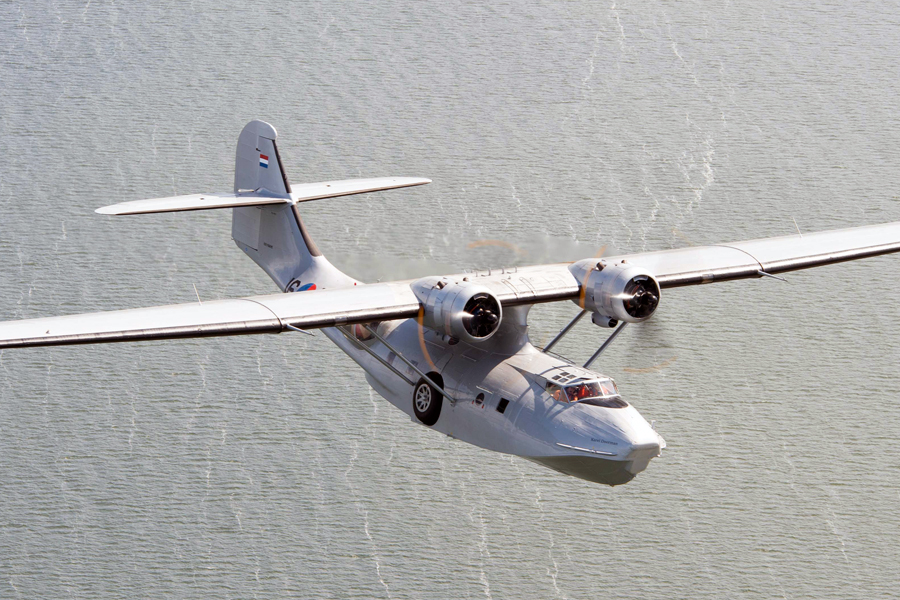
This PBY was the United States’ highest scoring U-boat destroyer in history, and is the oldest operational Catalina.


